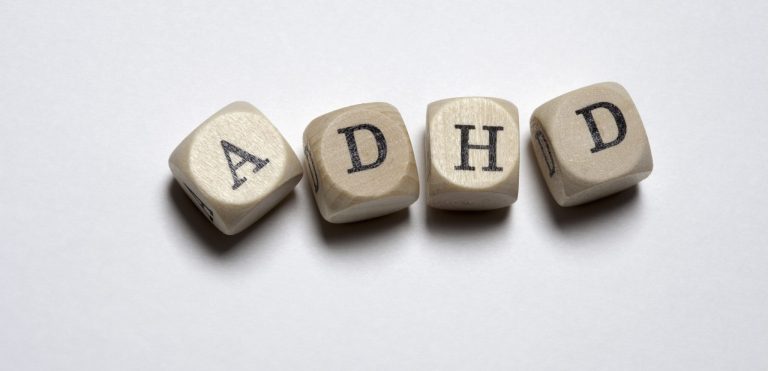One of our most important inborn skills often lies dormant. It’s the only vital process that we both perform subconsciously and are able to control. You might have heard about harmful consequences that shallow breathing can trigger. But, what are these negative effects and how to eliminate them? Here are a few things to reflect on.
What does shallow breathing mean?
Let’s try to do a quick test:
- Put one hand on your chest and the other one on your abdomen. Now, inhale by moving only your chest and keep your stomach
- Keep your hands in the same position and take in the air through the nose by inflating your stomach but retain the thoracic area still.
Have you noticed the difference?
The 1st one is chest (thoracic) respiratory method which is the definition for shallow breathing. This type is often associated with taking air through the mouth, lifting shoulders, upward and outward movements of the chest.
The 2nd one is diaphragmatic or stomach breathing – the diaphragm moves up and down which forces the abdominal wall out or flattens it.
Sedentary lifestyle, pollution and daily stress made the 21st century man forget how to powerfully use the respiratory system. We often talk about the importance of healthy nutrition, hydration, exercise, but hardly mention that slow shallow breathing causes various health complications:
- Anxiety
- Lingering fatigue
- Tense muscles
- Puts the body on chronic ‘emergency mode’ – a typical response to a stressful situation.
- Generates panic attacks
- Prompts insomnia and cardiovascular conditions
On the other hand, diaphragmatic technique stimulates parasympathetic nervous system – typical of the regenerating processes: sleep and digesting food. This method:
- lowers blood pressure
- reduces heart rate
- massages digestive organs
- reduces muscle tension
- decreases stress
- restores body to state of calm
Mindful breathing

Can you imagine, our body repeats this cycle on average 25,000 times in 24 hours?
What’s remarkable, is that we are in power to control this extremely complicated process. Nevertheless, according to physicians, the majority of people use only 10% - 20% of the respiratory capacity. This range is plenty to stay alive but definitely not enough to maintain physical and mental health:
- Practice yoga. Ancient yogis knew the importance of deep inhaling and exhaling – the essence of the present moment.
- Not a fan of yoga – swimming is another way of exercising the diaphragm. Even slow-paced breaststroke once a week will benefit you.
- Make breathing exercises a daily habit. You are able to dramatically shift your mood in just 60 seconds. Don’t succumb to stress or overwhelming anger – close your eyes and inhale slowly through the nose then even slower let all the negativity out through the mouth. Give it a shot and this might become your best coping mechanism.
Let the air out
Don’t neglect the importance of exhaling. Many think, take deep breath in – the rest will follow. Except, the unreleased matter in the lungs is carbon dioxide – ‘waste material’. Besides being useless for your body, it doesn’t allow the lungs to get an adequate portion of fresh air. But, don’t try to push all air out – it’s impossible and you’ll get exhausted quickly. There’s always a little bit of CO2 left in the body and it’s normal. So, the goal is to find the balance between your mindful inhaling and exhaling.
Effects of shallow breathing are too damaging to leave this process overlooked. When we were babies, the diaphragmatic method was natural. Now, we are in charge of guiding the body towards strength and wellbeing. If we relearn how to breath more profoundly, we’ll find the key to endurance and peaceful mind.




